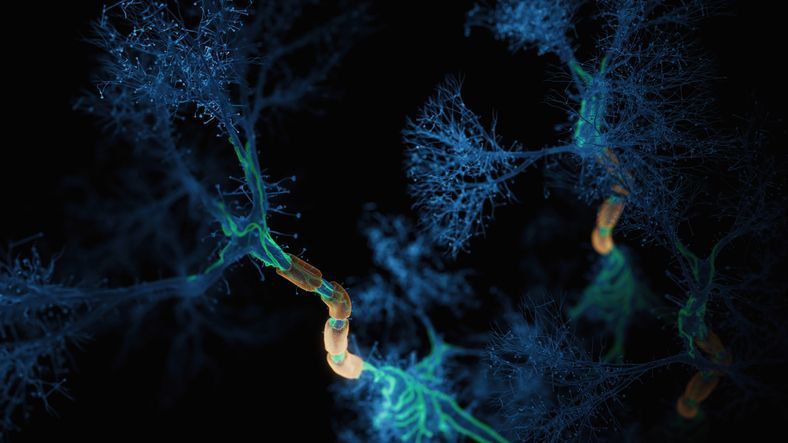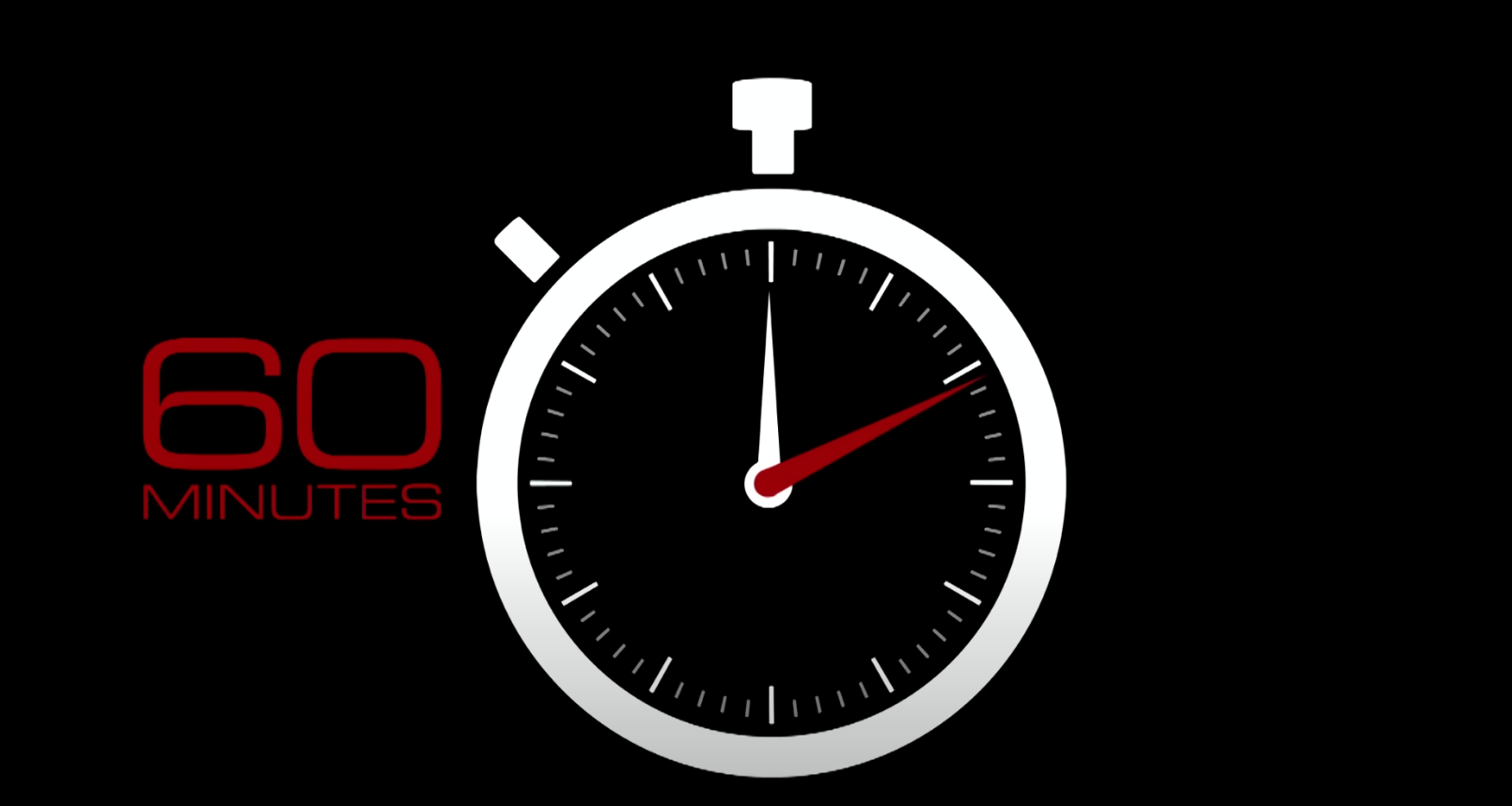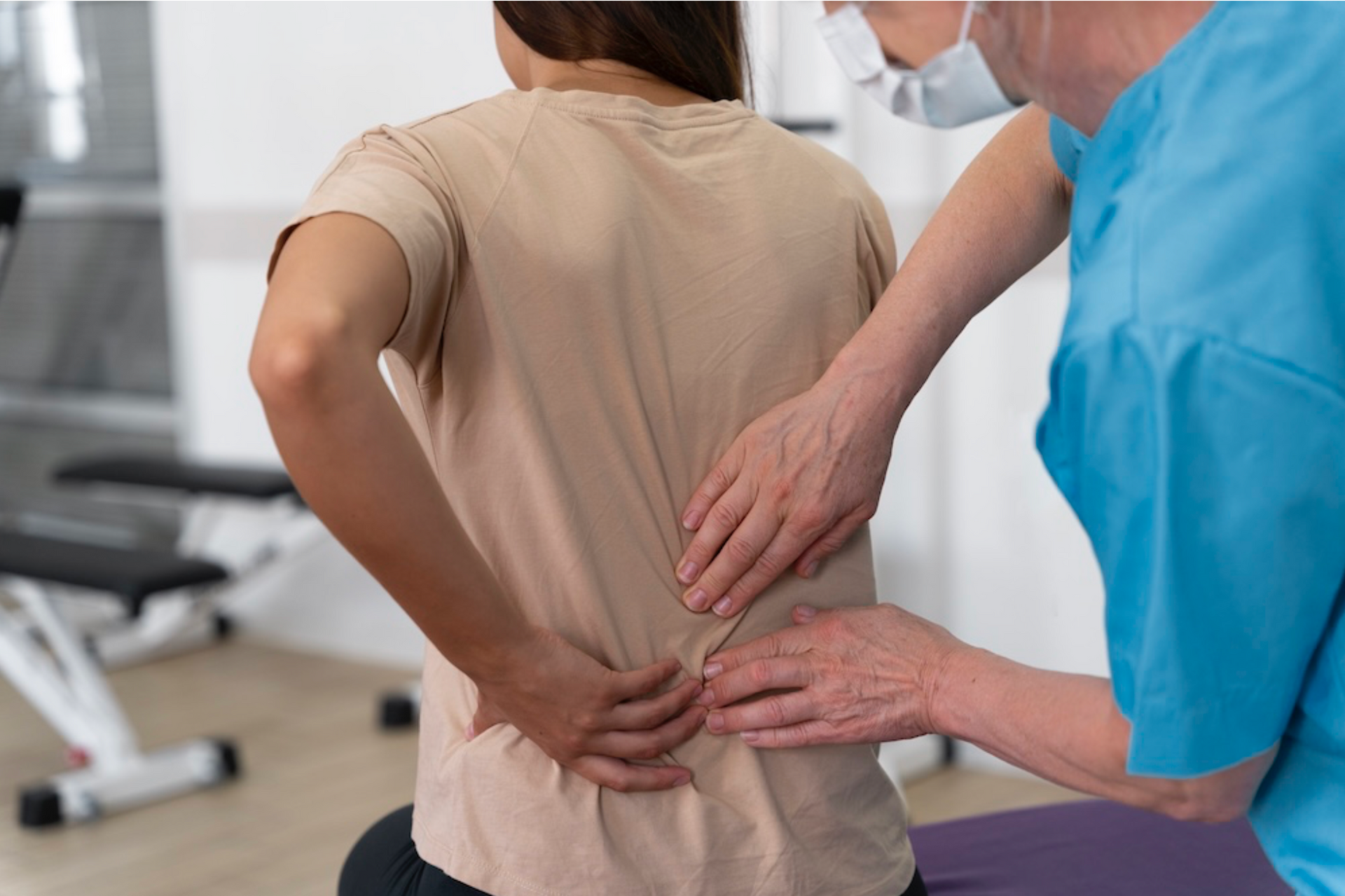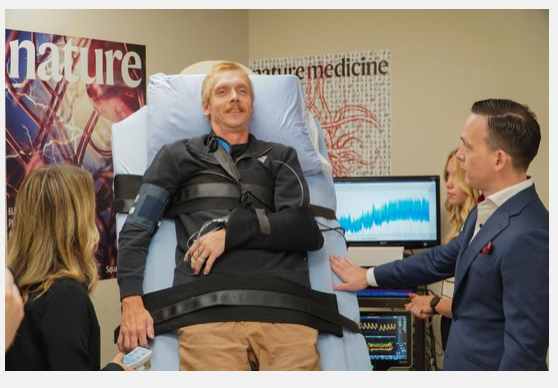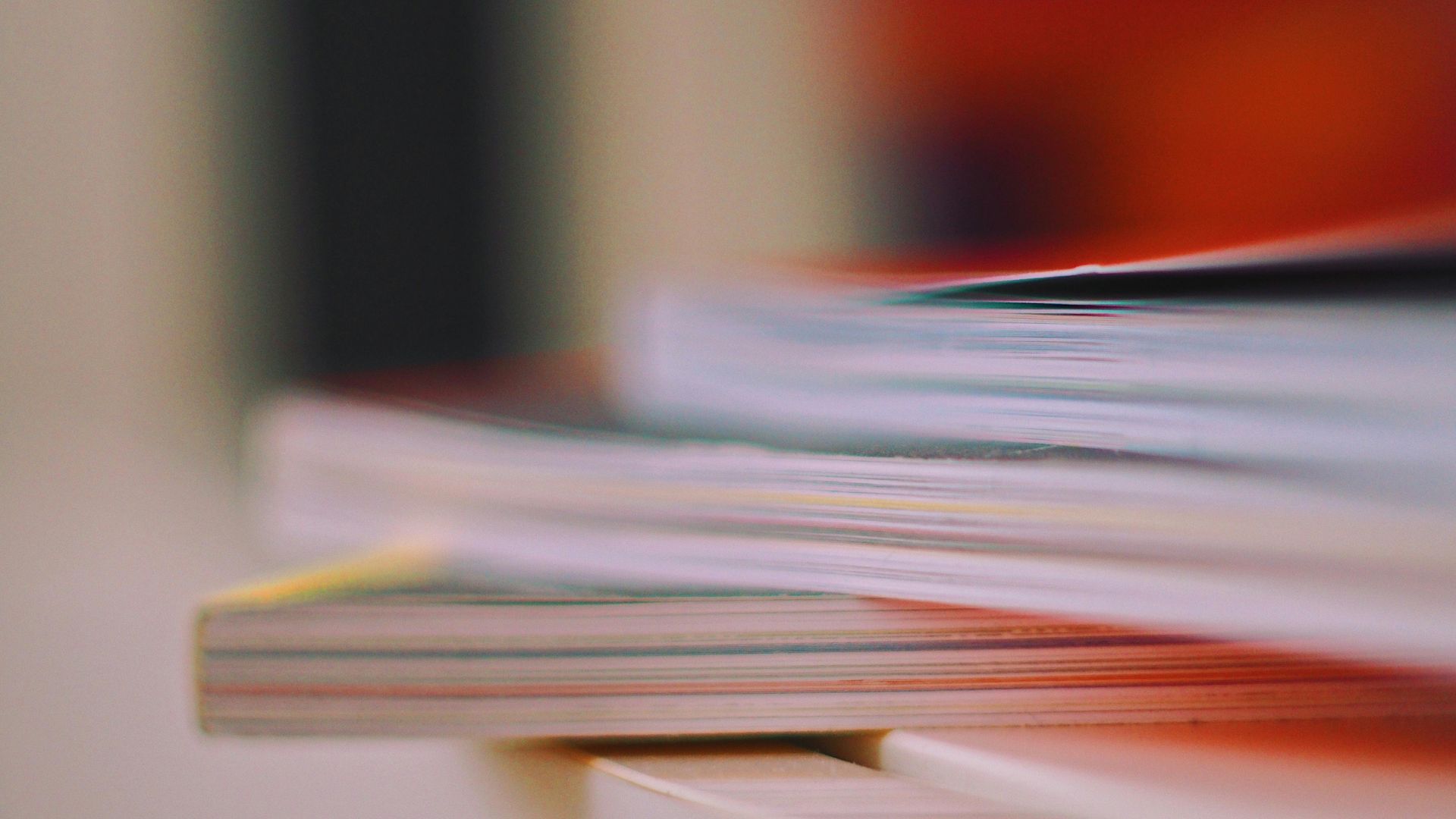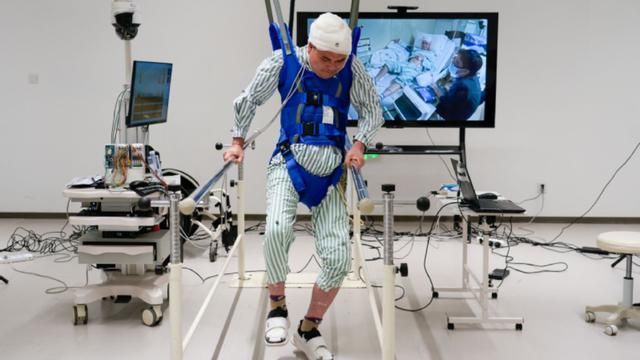A letter from the chairman of ISCI to the Secretary General of the Nordic Council of Ministers regarding the nervous system
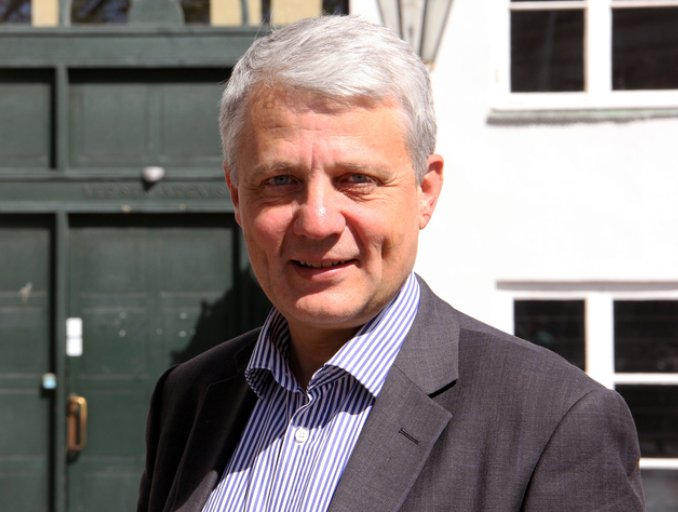
Dear Dagfinn Høybråten,
I am writing you this letter due to your position and the positive reputation you have among us Icelanders.
Attachment 1 is a letter I received from the United Nations Headquarters, signed by Mrs. Amina J. Mohammed, Special Advisor on Development Planning to UN Secretary-General Ban Ki-moon. In this letter, I am urged to do everything in my power to ensure that the commitments made by the United Nations for the next 15 years are fulfilled.
The reason why this request was directed to me is that, in recent years, I have taken the initiative to get Icelandic authorities and the Icelandic people to raise international awareness of the challenges related to the nervous system and the urgent need for nations worldwide to unite in an international effort to enhance understanding of how the nervous system functions.
I kindly ask you to review the enclosed documents and consider whether you agree that it would be valuable for the Nordic countries to take the initiative in further addressing the sections of Article 26 of the UN’s new political declaration on sustainable development that relate to the nervous system (see Attachment 2).
If you do, I encourage you to take the necessary steps to make it happen. As you know, the Nordic countries already collaborate on spinal cord injuries, which are part of the nervous system. It would therefore be highly appreciated if the Nordic countries expanded their efforts in this field and extended a helping hand to the UN in implementing the new resolution on the nervous system that world leaders have decided to include in the organization’s agenda.
In my view, it would be highly beneficial to humanity if the Nordic countries established a working group tasked with reviewing existing scientific research on the nervous system and exploring ways to consolidate this knowledge to achieve a better understanding of how the nervous system operates.
The urgent need for action on neurological disorders
The main reason why finding treatments and cures for neurological disorders and injuries is so challenging—whether it be mental illnesses, Alzheimer’s, epilepsy, Parkinson’s, MS, MND, spinal cord injuries, or brain injuries from accidents—is that medical science still does not fully understand the nervous system.
None of these conditions will be cured until we gain a deeper understanding of how the nervous system functions. This is why the international neuroscience community is in urgent need of political support from the global community.
Why I fight for the nervous system
Over 20 years ago, my daughter was in a serious car accident that left her paralyzed. Since then, I have closely followed developments in global neurological research. I have always been convinced that the fundamental knowledge needed to better understand the nervous system already exists.
For centuries, scientists have studied the nervous system, and I believe that somewhere in this body of past knowledge, answers may be found.
One example of this is Chinese scientist Tu Youyou, who was among the recipients of the 2015 Nobel Prize in Medicine. She discovered Artemisinin, a drug used to treat malaria, after uncovering critical information in a 1,600-year-old manuscript.
This teaches us that history holds the answers, and to move forward, we must look to the past.
My name is Auður Guðjónsdóttir, and I am a mother of three daughters, a wife, and a grandmother. I am a trained nurse and have worked in the field my entire professional life.
Since my daughter’s accident, I have been involved in efforts to improve the treatment of spinal cord injuries and neurological conditions in Iceland, the Nordic countries, and globally.
For example, I was behind the initiative that led the Nordic Council of Ministers to make spinal cord injuries a priority issue in 2013.
I was also the driving force behind the Nordic expert meeting on spinal cord injuries in Iceland in 2014, when Iceland held the Nordic Council presidency. The outcome of this meeting was presented by Icelandic Minister of Health Kristján Þór Júlíusson to Nordic health ministers on September 9, 2014.
I also initiated a parliamentary resolution in Iceland on methods for curing spinal cord injuries in 2014 (see Attachment 3).
Furthermore, I have led efforts to get Icelandic authorities and the Icelandic people involved in advocating for the nervous system at the United Nations.
Dear Dagfinn Høybråten,
Finally, I am enclosing Attachment 4, which contains Chapter 70 of the UN Secretary-General’s report "The Road to Dignity by 2030". In this document, the Secretary-General urges that future sustainable development goals must include neurological diseases and neurological injuries.
Best regards,
Auður Guðjónsdóttir (sign.)
Chairman of the Icelandic Spinal Cord Injury Institute (ISCI)
Nesbala 56, IS-170 Seltjarnarnes, Iceland
Phone: +354 562 4925 / +354 897 4925
Email:
audur@isci.is |
isci@isci.is
Website:
www.isci.is
